This is a post I wrote for that magazine I started and I have posted this here before, but I thought it might be nice to post it again. It has been a few years since I last posted it. I am getting into macro photography so much more now and I would like to start writing more articles like this for you.
Macro Photography from the Beginning
The first macro lens I used was loaned to me in 2014 and I thought, ‘I’ve been doing photography for years, I know how to use this’. I was so wrong. Macro has probably been one of the hardest types of photography for me to learn. In this article, I thought I would share with you what I have learned while trying to master macro photography.
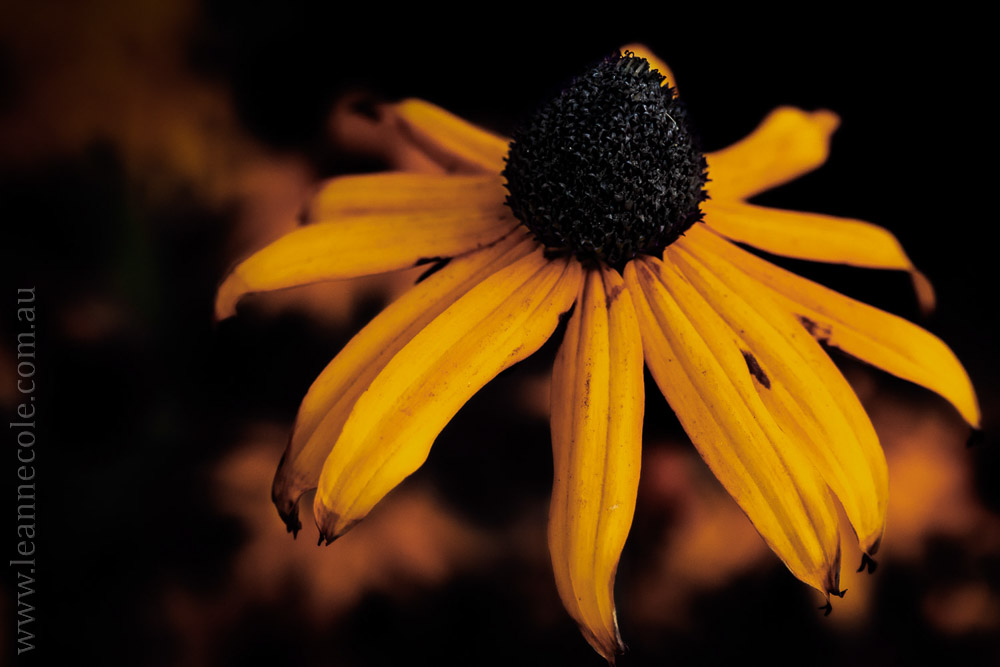
Making it Complicated
In some places you will read about how some photographers do their macros and you might think, ‘I’m never going to be able to do that,’ or ‘I’ll never be able to afford to that kind of photography.’ They talk about specific ring flash units for it, rails for tripods, geared tripod heads and how they process the images.
Professional photographers don’t only take one photo, they take a series of them. They change where the focus is for each image. Then on the computer they stake the photos so that it appears like the whole flower is in focus. You are only going to be able to achieve that if you buy macro rails and learn how to stack your images.
It is all very complicated and you may go down that road if you really love to do macro photography, but it doesn’t have to be like that. It can be simple and easy if you just want to do it for fun.
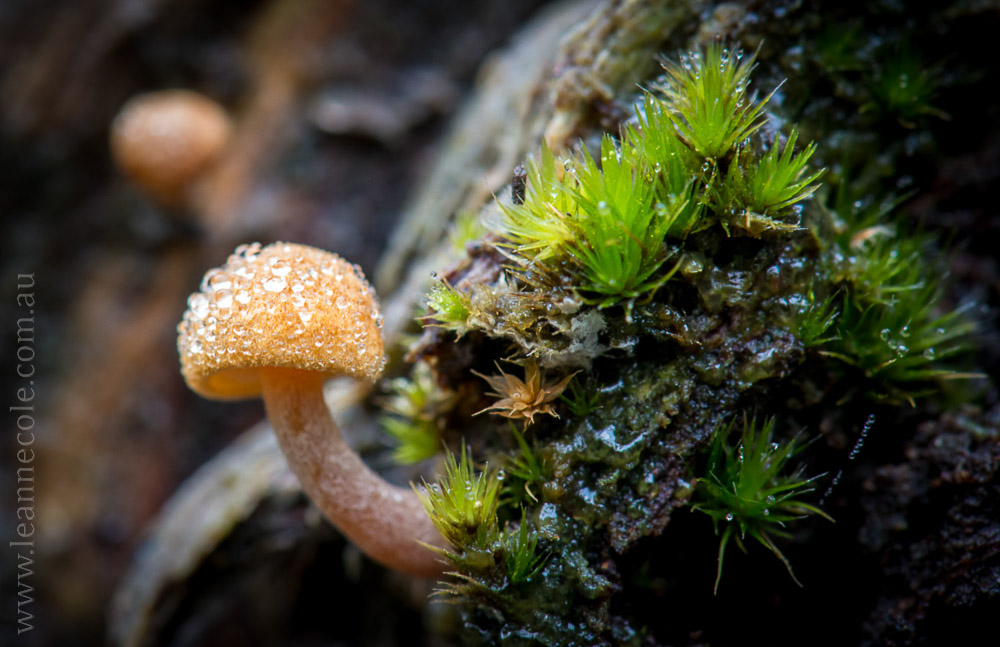
Depth of Field
Macro photography is very different to other types as the depth of field works in a way you wouldn’t expect. Depth of field (DOF) is how much the image is in focus; the depth of it. Normally if you were doing a close up of an object you would make your aperture wide. This is what controls your DOF and allows you to focus on just a small area of the image. It is also how you get that bokeh effect. However, you soon learn with macro that if you do this you will get almost nothing in focus.
Imagine you are photographing a flower and you are right up to it. If you put your aperture onto something like f3.5 then you will only get an edge of the flower in focus. This is a very common mistake made by many when they first start. Instead, if you want more of the flower to be in focus, you need to close down your aperture to at most f16. This will give you more in focus and create a better image.
Even when you close your aperture down it is unlikely you will get the whole flower in focus. If you have the flower very close to your lens then your DOF will be very shallow and you will have to decide what part of the flower you want to focus on.

Taking Macro Shots Indoors
An indoor environment gives you a lot more control over the lighting and the settings on your camera. The ability to work on a tripod and the knowledge that your subject isn’t going to move are the perfect conditions for taking photos.
Anyone can set up a small still life studio at home. All you need is some good natural light coming from a window, a reflector, and a backdrop. The beauty of it is that you don’t need a lot of space, just a small table to put your subject on. For the sake of this article let’s say you are going to photograph a flower. The backdrop could be a piece of cardboard or some fabric, but make sure it isn’t too distracting, muted tones with no pattern usually works best.
Don’t use direct sunlight, it will give you bright spots and harsh shadows. Use a window with the best light that isn’t direct and on the opposite side of your subject put a piece of white cardboard or material. This is your reflector and it will bounce some light into your shadows so they won’t be too dark.
Now it is time to put your camera on your tripod and compose your image. As the camera is up on the tripod it means you can use a low ISO and your choice of aperture, whichever one you think will work best for the flower. It won’t matter how long it takes to take the image because nothing is going to move.
Before you start, if your lens has any image stabilization or vibration reduction make sure it is turned off or you will get blurry images.
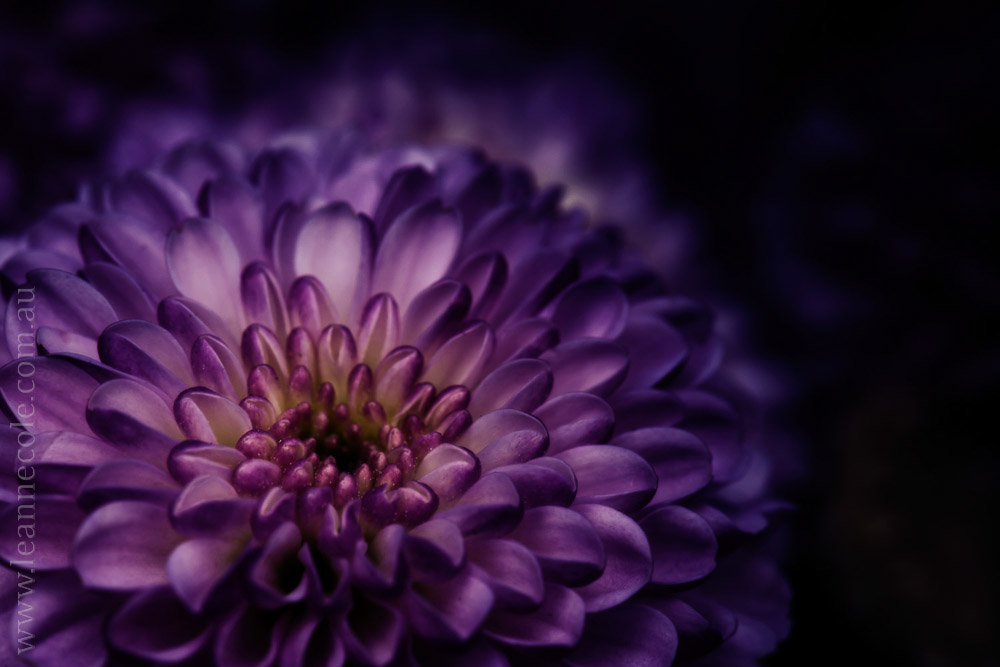
Out in the Field
There are many of you who just want to take photos when you are outside. Taking photos of subjects in situ is a common thing. It is a lot harder to do and takes a bit more skill. You also need to be prepared for the conditions you will come across outside.
When you are taking photos in the field your worst enemy is the wind. There is nothing you can do if the wind is blowing, whatever you want to photograph will be moving around too much. Speaking from experience, there really is nothing you can do.
You have a couple of options when you are taking photos, you can hand hold the camera or use a tripod. The tripod means, like with doing macro photography indoors, that you can use the ISO you want with the aperture you choose, though you don’t have the luxury of knowing that your subject will be perfectly still.
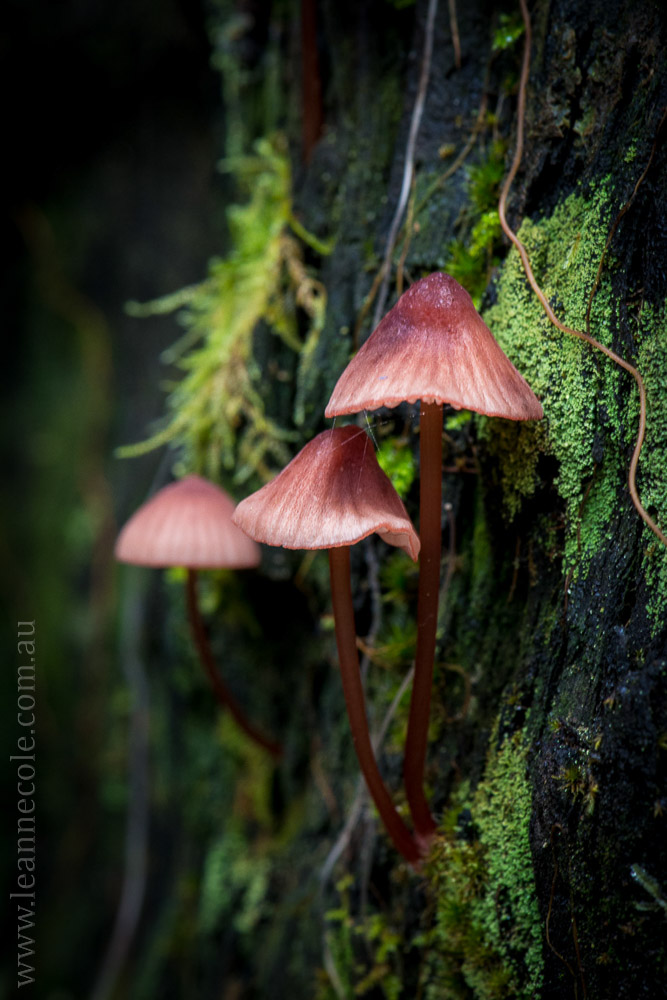
If you choose to hand hold your camera, you still have to use a small aperture. This means that you are stopping how much light is entering your camera and therefore your shutter speed is going to slow down. You are going to have to put your ISO up and that means you will be introducing noise into your image. Whether or not it’s worth that is up to you.
There are many ways of taking your macro photos and people do them in a multitude of different ways. You can do them simply by just taking your camera with the macro lens attached and see what you get, which is the way I normally work. You can take your tripod and set up the shots a lot more, though this will take you a lot longer. You can also pick what you want to take photos of, set up your mini studio and do all your photography indoors. The choice, really, is yours.
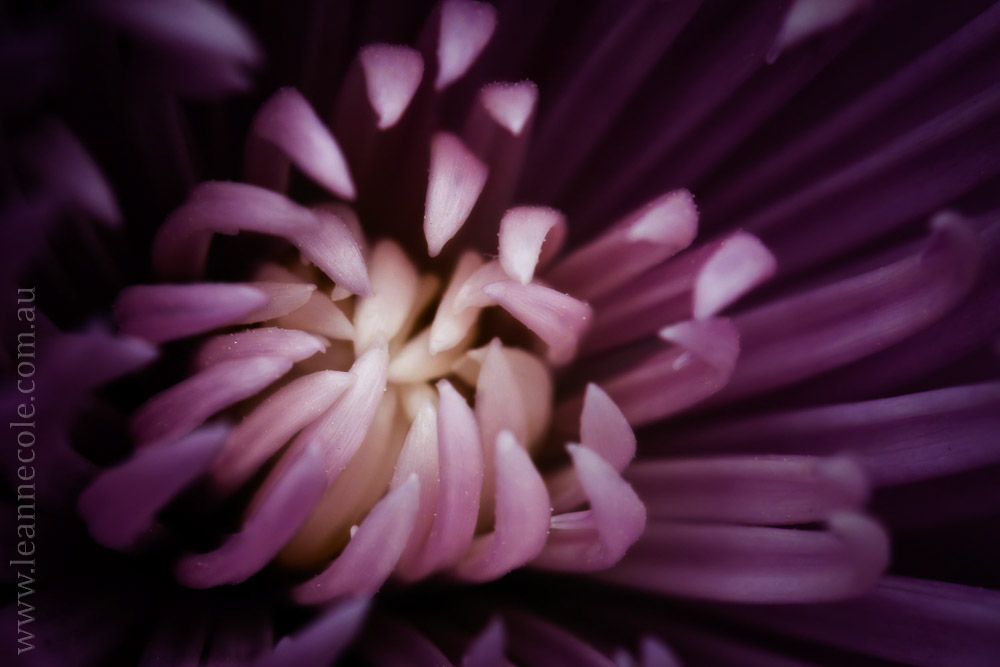









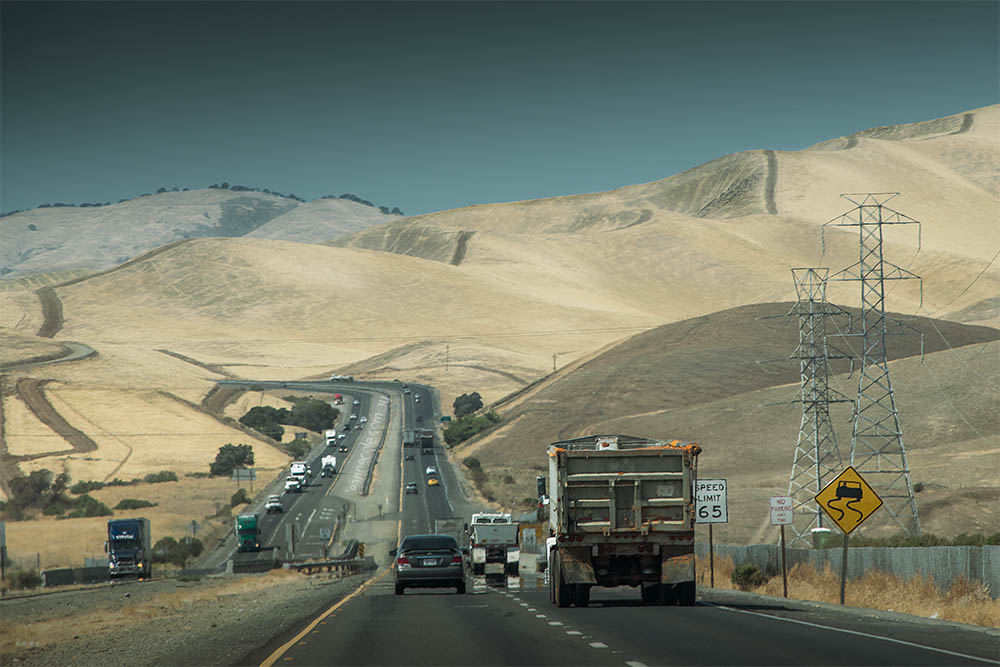
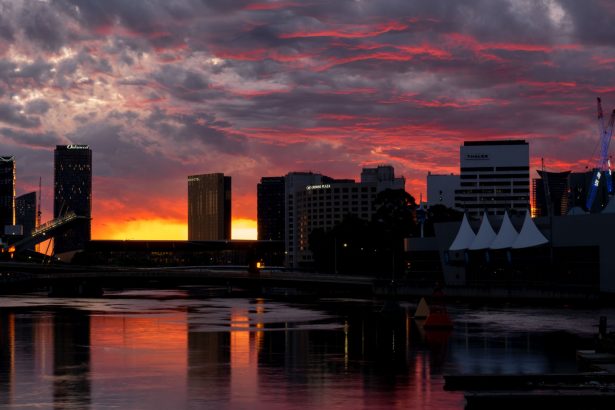
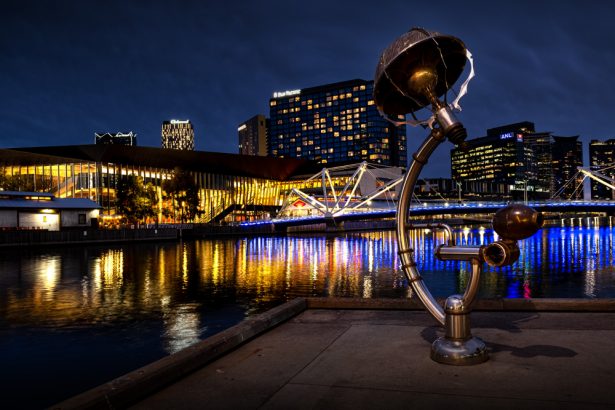
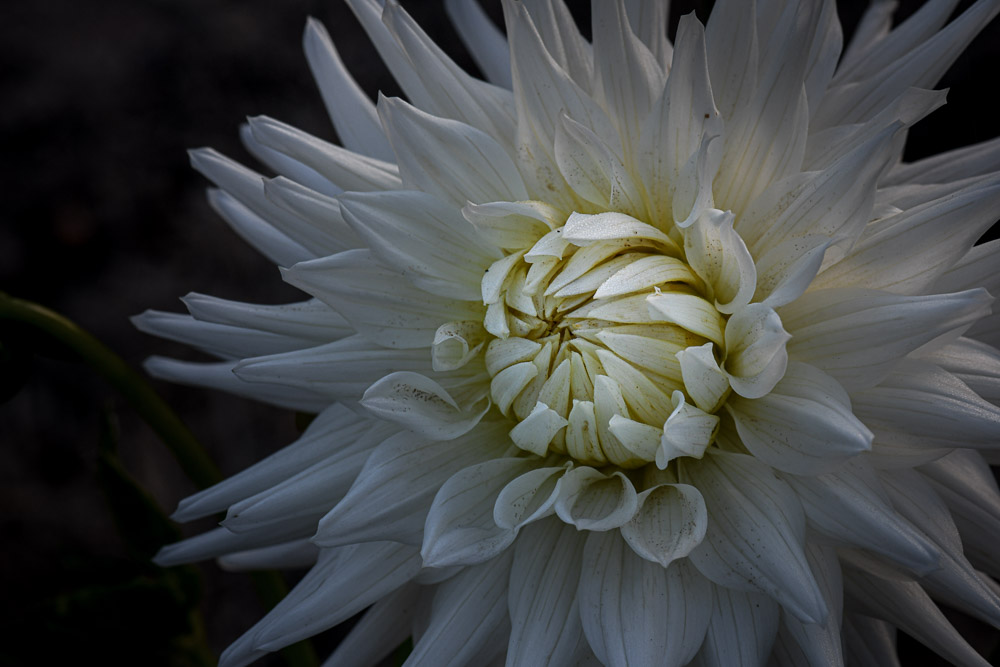
Gorgeous flower macros, Leanne, stunning in detail and subtlety! Thanks for reposting.
Thank you Kenne and you’re welcome.
Hi Leanne, Fabulous images. I love your rich colors and crisp focal points. Your tips are very helpful, too. Hope all is well in your part of the world! 🙂
Thank you so much Jane, Good to know it is helpful. Yeah, it is okay here, well omicron is running rampant, but we are staying home and I’m finally turning my garden into that macro photography garden that I have wanted for a long time. It is slow work, but it is happening.
Thank you Leanne. An excellent article, beautiful photos and helpful tips that are easy to understand.
Thank you, and you’re welcome, so glad to hear that you liked it, always good to know that it was easy to understand.
Leanne, I really enjoyed your collection of close ups. As myself doing close ups, I am very aware of the challenges and how to correct them, but still at times I’m a bit struggling.
Thank you Cornelia. I have to say it is probably one of the hardest types of photography I’ve tried to do.
Leanne, well you come up with such beautiful results, but I think I understand you. Thank you for your feedback.
You’re welcome Cornelia and thank you.
A lot of times I hear the argument that my flowers are closeups and not true macro. I looked up the definition again and it is 1:1 through 30:1. With true macro, you need a tripod, a non-moving subject, and get so close to a subject that many times you’ll need a caption to tell what it is. I gave up and trying to define it and call my “macro” photos closeups.
I think you should call them whatever you want Sherry, I don’t see that it matters in the grand scheme of things. I hate that sort of thing. I never, or rarely use a tripod for macro, so I don’t know where that comes from. I do have a macro lens. So non moving subject, what about insects, are they not macro. Too weird. I say call them waht you want Sherry. Thankyou.